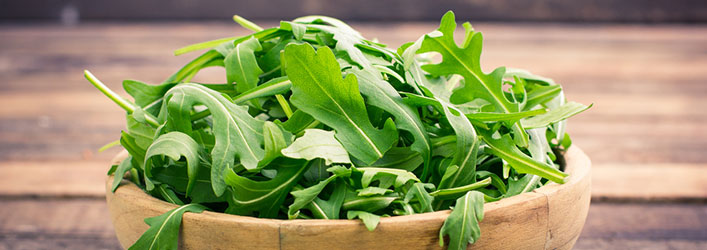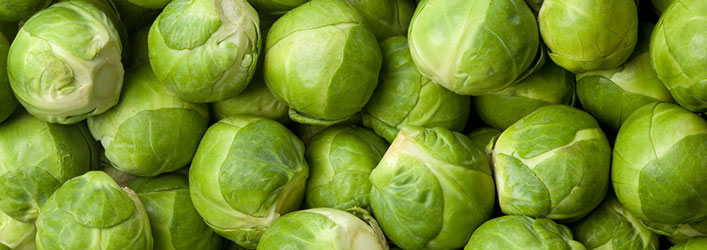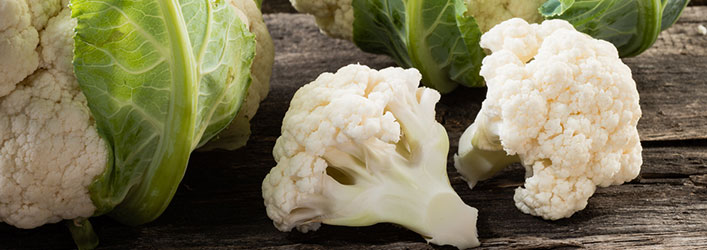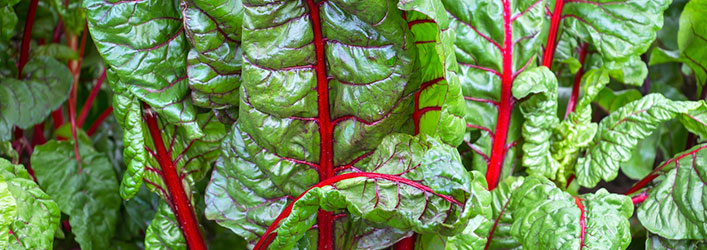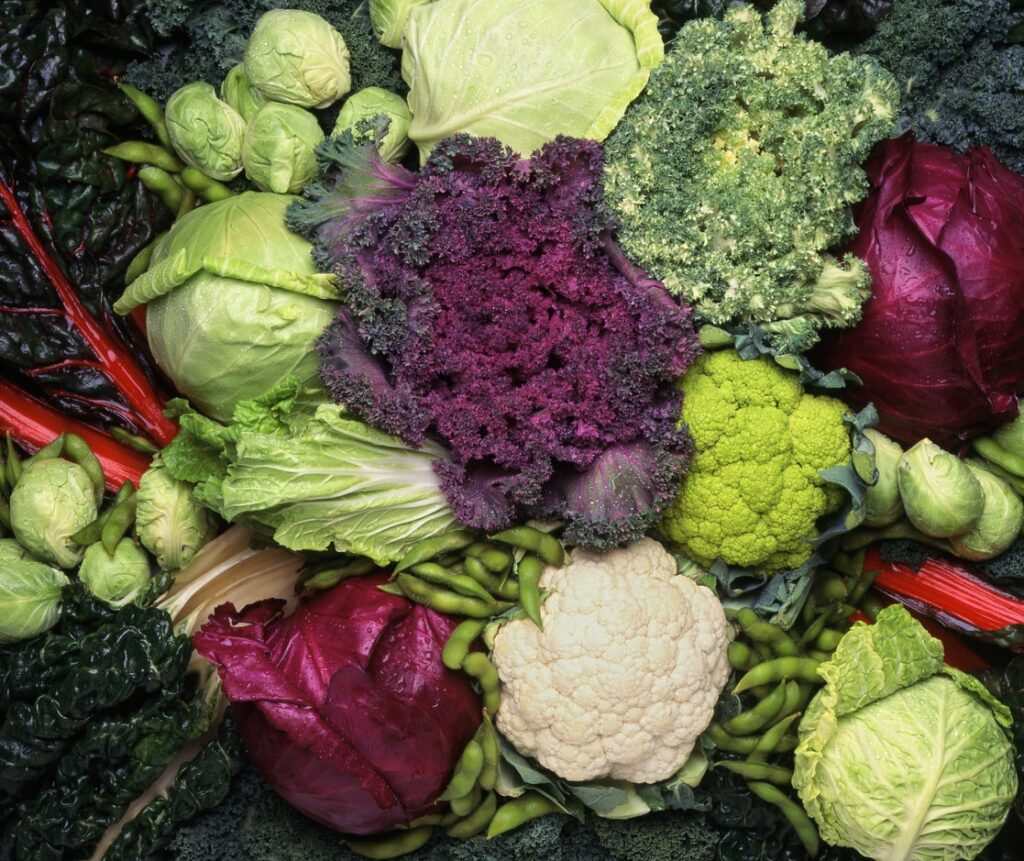
As summer winds down and your vegetable crop begins to fade, it’s the perfect time to explore cool-season vegetables that can thrive in your garden.
Arugula
Prized by chefs and health gurus across the country, arugula can add a peppery kick of flavor to an ordinary salad and some fantastic health benefits. However, fresh arugula can be expensive to buy in the stores. So why not grow your own? Plant in a well-drained soil that is rich in organic matter. To harvest, pull the leaves you want, leaving the rest to develop for the next harvest. Arugula provides ample doses of vitamin K. Plus, the sulforaphane found in cruciferous vegetables like arugula may help delay or impede cancer growth in the body.
Brussels Sprouts
Popularized in Belgium since around the Middle Ages, Brussels sprouts are a cool-weather vegetable that can provide a great harvest with a little patience. The plant looks like a miniature palm tree with tiny cabbages growing out of the thick trunk-like pods. It’s a fascinating sight! Like broccoli and spinach, Brussels sprouts prefer cooler temperatures, and a light frost actually will improve their flavor. To harvest, remove sprouts from the bottom of the stalk when they reach around 1 inch in diameter. They’re great for oven-roasting, as they keep the heads crisp and accentuate their sweet flavor. Remember only to wash them when you’re about to use them, not before to help them from getting soggy.
Cauliflower
Cauliflower has become the rage for people looking to cut out grains and starches from their diets. Everything from mashed cauliflower, cauliflower rice, and cauliflower mac and cheese has become the norm in healthy cookbooks and recipe blogs. Cauliflower is a cool-season vegetable that takes 8 to 10 weeks to produce, so it should be planted now for best results. They require constant soil moisture of about 1 to 1.5 inches per week. A single cauliflower is high in vitamins C and K and is also very high in antioxidants, which help improve inflammation in the body.
Kale
Everyone is talking about the health benefits of kale, and this is for a good reason. No other vegetable out there provides the range of nutrients that kale offers, over 19 in all! Kale is excellent fresh or cooked, and it’s surprisingly easy to grow. Kale is a “cut and come again” vegetable, so you can harvest young leaves fresh from the plant, or let them mature a bit to use for cooking down. With its curled leaves and shades of green and purple, kale also is an attractive ornamental plant.
Swiss Chard
Swiss chard is related to the beet, and you can identify it by its broad green leaves with veins and stems that are bright red to fuchsia. They make a great summer leafy green for planting in your garden now, but can still handle the cooler temperatures, making it a very versatile addition to your garden. You can cut the leaves for salads or in a pot of cooked greens, and use the ribs just like you would asparagus. Swiss chard is a powerhouse of nutrients, including vitamins A, B6, C, E, K, and riboflavin. They’re also a high source of magnesium, manganese, potassium, iron, sodium, and copper. The consumption of Swiss chard can also help improve bone health and control the symptoms of diabetes.
Cool-Season Vegetable Varieties Available at Meadows Farms
Stop by your local Meadows Farms garden center for a wide selection of vegetables, expert advice, and all the supplies you need to keep your garden thriving this fall.
Please note: Not all varieties will be available at all stores. Please call your local Meadows Farms retail nursery for availability and pricing.


